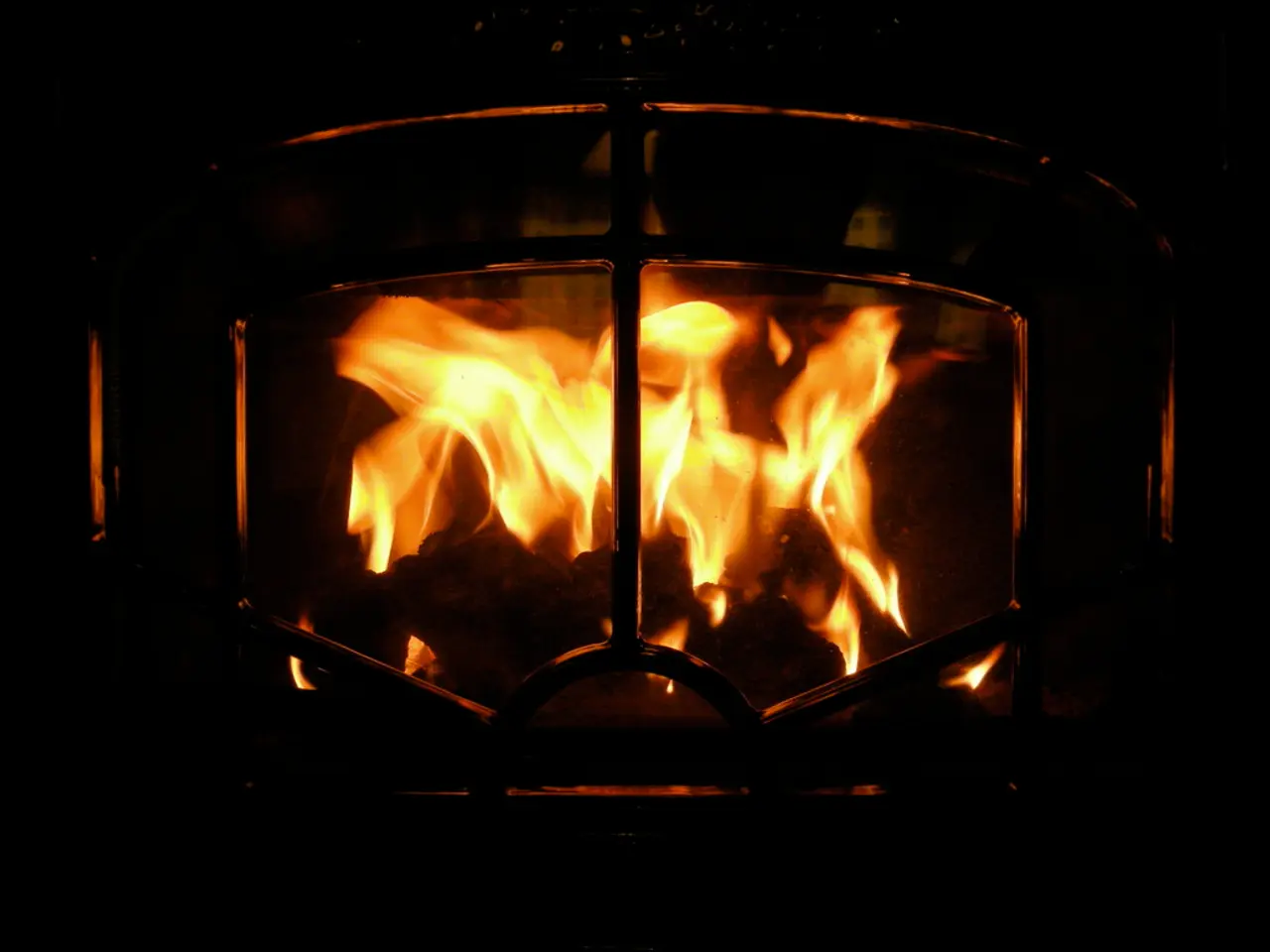Recommendations Already Proposed by the Commission Regarding New Technology
In the picturesque Bas-Saint-Laurent region of Quebec, wind energy development is gathering pace. Hydro-Québec, a leading energy provider, plans to triple wind power production by 2035, implying an increase in wind farm projects across the region. This ambitious plan includes the development of the Wocawson zone in partnership with the Alliance de l'énergie de l'Est, which would add approximately 150 more wind turbines.
Simultaneously, four wind farm projects are already underway, adding 167 wind turbines to the region. One of these projects is the Madawaska wind project, a joint venture between Hydro-Québec, EDF Renouvelables Canada, and the Alliance de l'énergie de l'Est, which involves the construction of 45 wind turbines in the MRC de Temiscouata.
However, the development of these wind farms has raised concerns about their potential impact on the environment and local wildlife. The Bureau d'audiences publiques sur l'environnement (BAPE), a Quebec environmental review board, has recommended conducting an assessment of the cumulative impacts of wind energy development at the territorial scale.
The BAPE report discusses potential impacts on threatened species, watercourses, wetlands, forest ecosystems, and the preservation of natural landscapes. Particularly, the Madawaska wind project has been highlighted as a potential threat to bat populations due to habitat fragmentation, loss, and collisions. Six of the eight bat species present in Quebec are already classified as threatened or vulnerable under provincial legislation, emphasising the critical state of these species in the province.
To mitigate these impacts, the BAPE recommends implementing "blade feathering" as a general measure for all wind farms. This technique, which adjusts the angle of the wind turbine blades to reduce their speed during periods of high wildlife activity, could help prevent the disappearance of several bat species.
Despite these concerns, the Quebec government prefers a regional evaluation over a generic BAPE, as made possible by Bill 81. The government's plans involve a "regional" evaluation procedure for planning and determining environmental and social acceptability criteria for projects. However, the current status of the Quebec government's plan to assess the cumulative impacts of wind energy development in the Bas-Saint-Laurent region remains unclear.
In a separate development, it's worth noting that an imposter posing as the U.S. Secretary of State, with the help of AI, created a Signal account in the name of Marco Rubio and contacted foreign ministers. This incident underscores the need for vigilance in the digital age, especially when it comes to matters of international diplomacy.
For the most accurate and up-to-date information on wind energy development in Bas-Saint-Laurent, it would be advisable to contact the Quebec government or the BAPE directly for details on any recent developments or assessments related to wind energy in the region. Additionally, checking official government websites or local news sources might provide relevant updates on this topic.
- The Quebec government, in light of the ongoing wind energy development, is leaning towards a regional evaluation instead of a generic one as per Bill 81, which could impact the assessment of cumulative impacts in the Bas-Saint-Laurent region.
- The ambitious expansion plans of Hydro-Québec in the wind energy sector involve not just tripling wind power production but also the development of the Wocawson zone, which could house around 150 more wind turbines.
- While the federal government is committed to increasing the use of renewable energy, the development of these wind farms evokes concerns about their potential impact on the environment and local wildlife, with bat populations being particularly endangered.
- To minimize environmental impact, the Bureau d'audiences publiques sur l'environnement (BAPE) recommends implementing "blade feathering" as a standard measure for all wind farms, a technique designed to reduce the speed of wind turbine blades during high wildlife activity periods.




